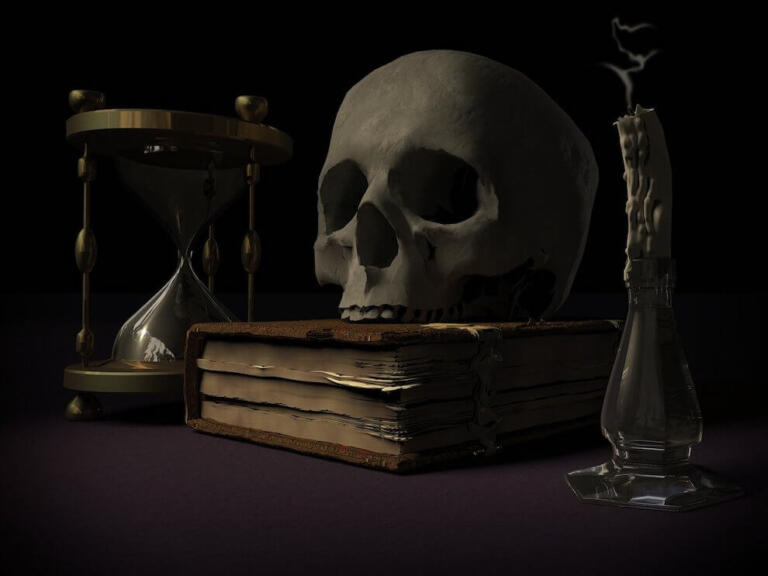Weather forecasting often comes up in small talk when we don’t know what else to talk about, as it is something that always concerns us. Everyday weather forecasts and predictions are a part of life now. It’s as easy as turning on the tv and watching the meteorologist, or checking our phones.
But it wasn’t always like this. Scholars have worked for years trying to understand the movements of the seasons and weather patterns. To do so, many developed special instruments that reveal some secrets the atmosphere kept for itself. These are some of the most well-known meteorological instruments taken for granted, and the stories behind them.
The thermometer in weather forecasting
Hero of Alexandria was a Greek mathematician and engineer back in the day when Alexandria hadn’t lost its famous library. He chronicled a demonstration in which air contracted and expanded in a closed tube that pushed water along this tube.
This principle founds its way to Galileo Galilei. He used it by marking the tube with a scale to pick up changes in heat. Though Galileo is credited with inventing the thermometer, no actual proof was ever found to attach his name to this invention. Santorio Santorio’s clear diagram of the thermometer with an actual scale marked him as the inventor of the device.
These rudimentary tools used for measuring heat were also susceptible to air pressure, so they acted as barometers to a degree. Many other scholars tried to perfect the thermometer but there was no standard scale. Thus each new device was different.
Enter Daniel Gabriel Fahrenheit, a Dutch scientist, and inventor. He developed a mercury-based thermometer and proposed a temperature scale. His thermometer proved more reliable and the Fahrenheit scale of today is derived from his name.
Anders Celsius, a Swedish astronomer, and a mathematician came up with a scale of his own. A 0 mark was for boiling water and a one hundred mark for freezing water temperature. The scale that now bears his name has those two marks reversed.
All these scientists marked their place in the history of weather forecasting, and the tools they made were important for future advancement.
Rainfall gauge and harvest taxes
The amount of rainfall in a specific area for a specific amount of time is useful data when trying to make any weather forecasting. To gain this information another instrument had to be devised, and it came from prince Munjong of Korea, in 1441.
He invented a system of measuring rainfall. This meant that when it came time to tax that specific region on their harvest they could not make any kind of weather-related excuse for not conforming. Plus the amount owed also depended on the data collected. This invention was the basis for current rainfall gauges.
The anemometer in weather forecasting
Another aspect of studying the weather is wind speed and the direction it is blowing from. The anemometer is the tool for this, and its invention is associated with Leon Battista-Alberti.
It consists of a shaft with hemispherical cups mounted at the top and interconnected with horizontal arms. It basically looks like a more serious pinwheel.
Counting the number of turns for a set time gives proportional data of the average wind speed. The design of this instrument has changed very little since its invention in the 15th century, remaining in use until today, build with sturdier material.
Cloud types
Last but not least we have Luke Howard. He did not invent any new tool to be used in studying the atmosphere, he was an amateur meteorologist, always with his head in the clouds. That last part is what he ultimately became famous for. Looking up at the sky, Howard was fascinated with the clouds. Apart from finding a bunny shape he also classified the clouds, gave them names, and composed cloud atlases with detailed drawings of the everchanging puffy clouds above our heads.
Every new detail and study of the atmosphere came together over the years and established the basis of today’s knowledge of weather patterns and phenomena. Now with the advent of satellite imagery, finding weather phenomena across the globe is even more detailed and faster than it ever was in the past. All those tools are still in use today, but for the average person, checking the weather means checking the phone or televised weather forecast.



Leave a Comment